6.2.1.2. Regulatory framework and policy guidance
The availability of regulatory frameworks and policies that support the implementation of decentralized and integrated TB services is key to bringing TB services closer to children, adolescents and families and to creating and sustaining ownership and accountability at the national and subnational levels. The NTP, in partnership with other programmes, needs to review the existing health care structures and identify opportunities for decentralization and integration of TB services, or components thereof.
 Feedback
Feedback